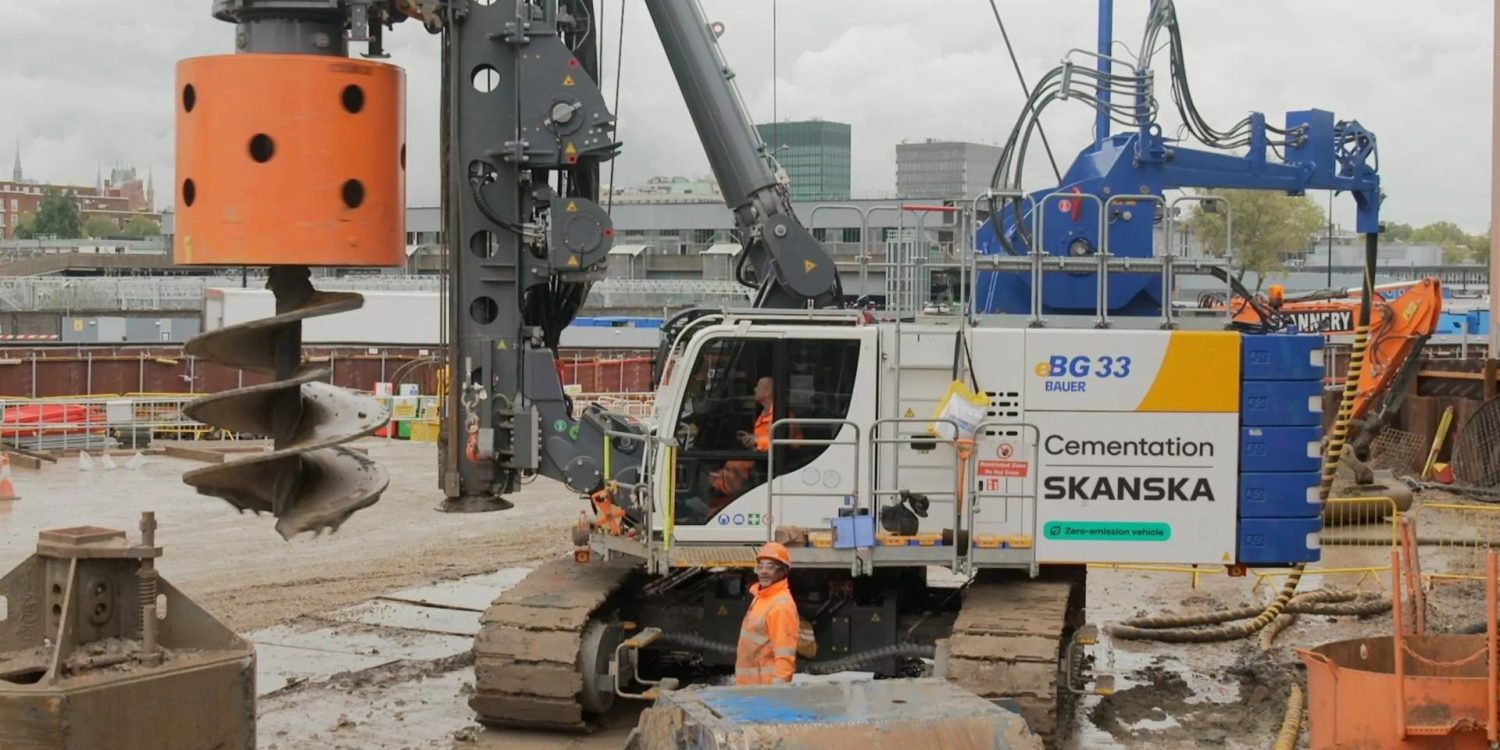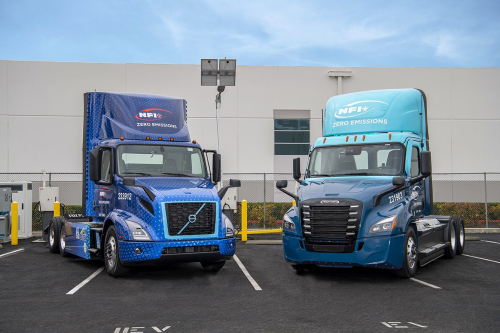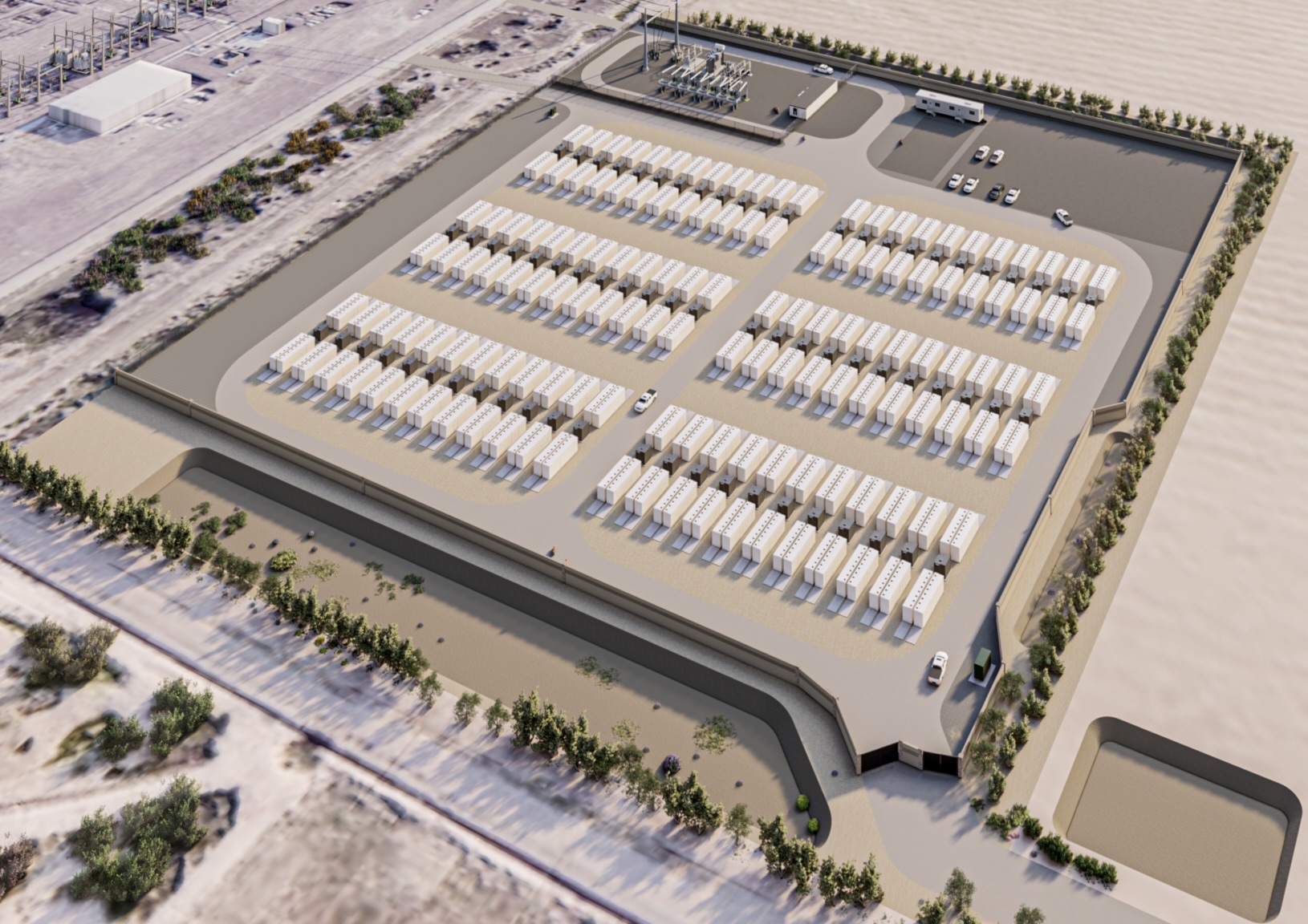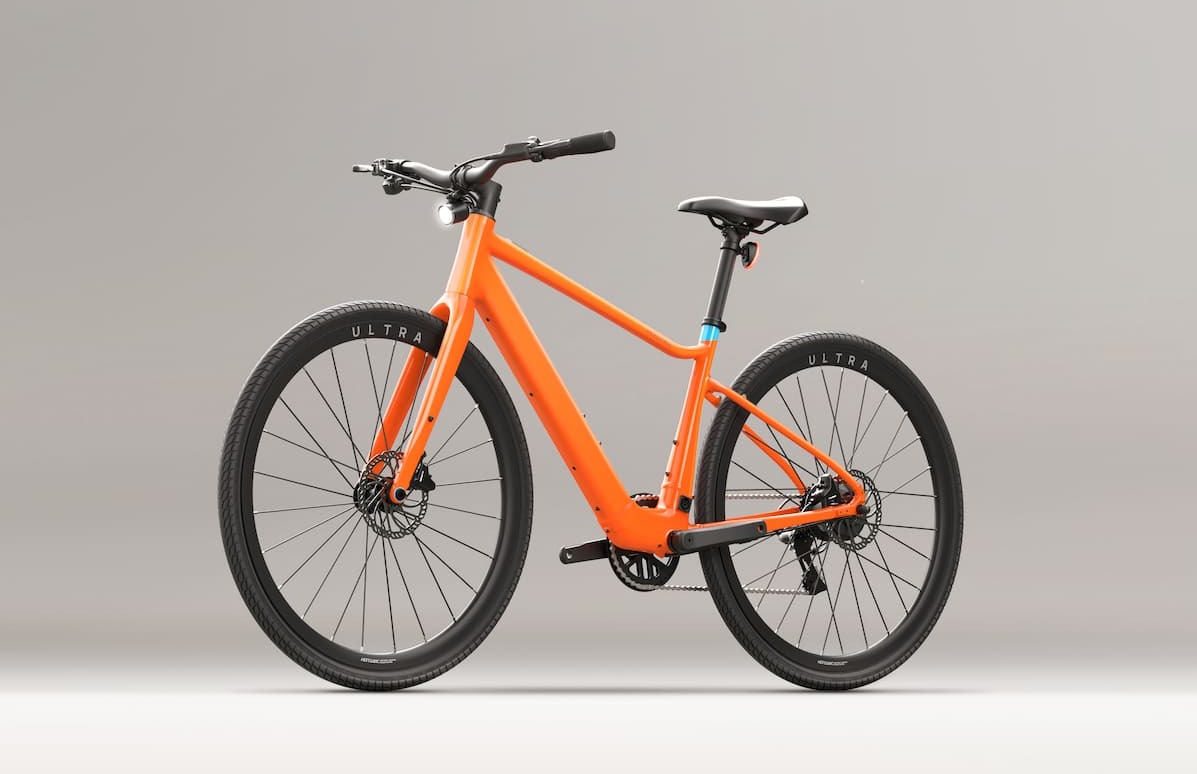Skanska is making construction history by testing the world’s first plug-in electric drilling rig on Europe’s largest infrastructure project. The construction giant’s piling and ground engineering arm, Cementation Skanska, is trialling the Bauer eBG 33 on the UK’s new high-speed rail line, HS2. This is the first time the rig is using its own on-site electric substation and marks a significant milestone in the industry’s journey towards zero-emission construction sites.
The Bauer eBG 33, which has a drive power of 405 kW, was previously piloted on HS2 in Birmingham using fuel generators to test its power cord on a live construction site. However, this time, the electric drilling rig is using a plug-in system connected to the local power grid, allowing Bauer and Skanska Cementation to monitor its electricity consumption during the piling process. This data will aid in the development of Bauer’s new battery-powered aeBG 33.
The benefits of the eBG 33 are considerable, with noise reduction of up to 50% in rig idling and tracking mode, a real advantage when operating in urban environments. During the 360 hours the rig has been in operation, it has saved the equivalent of 116 tonnes of local emissions. As the HS2 project aims for all its construction sites to be diesel-free by 2029, the eBG 33 provides a vital contribution to achieving this goal.
Warren Arnold, general manager of Bauer Equipment UK, expressed his excitement at showcasing the rig’s capabilities, saying “this really is a great opportunity to showcase what the eBG 33 can deliver in real-term savings. We hope that the local residents can benefit from the massively reduced CO2 outputs and the reduced noise emission”.
The pilot plug-in machine’s success on a live project provides a valuable opportunity to demonstrate the potential of all-electric heavy plant to the wider industry, according to Cementation Skanska operations director, Andrew Entwistle. The eBG 33’s use on HS2 marks a significant milestone in the industry’s journey towards zero-emission construction sites and paves the way for further innovation in sustainable construction practices.







